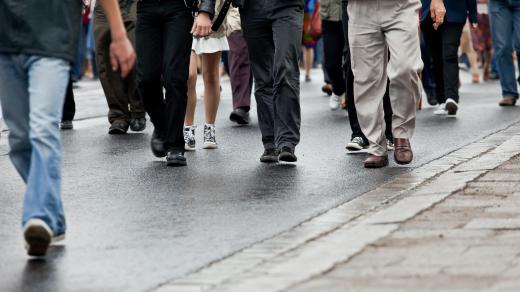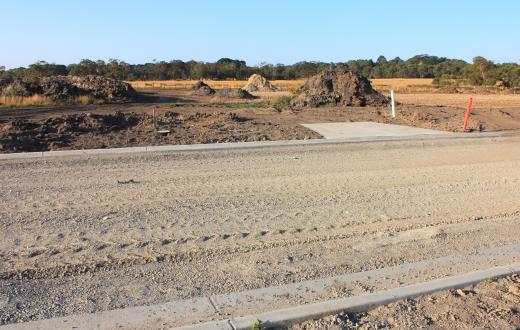It's important for city planning initiatives to protect pedestrian safety as many cities experience hundreds or more pedestrians being hurt or killed each year by drivers. Urban planning directed at pedestrian safety seeks to prevent walkers and cyclists being struck by vehicles. Cities may establish pedestrian safety forums that involve transportation, policing and engineering strategies.
Having well-lit crosswalks marked with signs labeled "crosswalk" is one way to help protect pedestrian safety. Lowering speed limits and enforcing them is another way. Since driver distraction has been found to be a main cause of pedestrians being struck by cars, many people call for a ban of cell phone use while driving. In some areas, speaking on a cell phone or sending and receiving text messages while driving a vehicle is illegal.

One good way to help protect pedestrian safety is to have signs ahead of crosswalks that warn drivers to prepare to stop for pedestrians. Mandatory driver's education programs that instruct drivers to pay more attention to walkers and cyclists also help to create more awareness of pedestrian safety issues. Installing raised crosswalks near schools and parks is something many city planners have called for to protect young pedestrians.

In some cities, members of urban planning committees have walked around the city and taken public transportation to try and get a better understanding of improvements that can protect pedestrian safety. These experiences have, in some cases, led to restructured crosswalks near obstructed vehicle turning lanes and in areas where driver's blind spots could be an issue. Planners in favor of creating no car zones called pedestrian malls in a city's downtown core can get a clearer idea of where a mall should be located when observing traffic and transit patterns firsthand.

Blocks of a downtown area designated only for pedestrians is a worldwide method used to protect pedestrian safety; it also helps reduce carbon emissions. Pedestrian malls in countries such as Germany, China and Denmark have proven popular with tourists. They also allow people living in a city's downtown area more safety from vehicle traffic. A pedestrian mall with attractive planters of flowers and tree-lined walking areas also beautifies the downtown core for tourists and residents alike.
